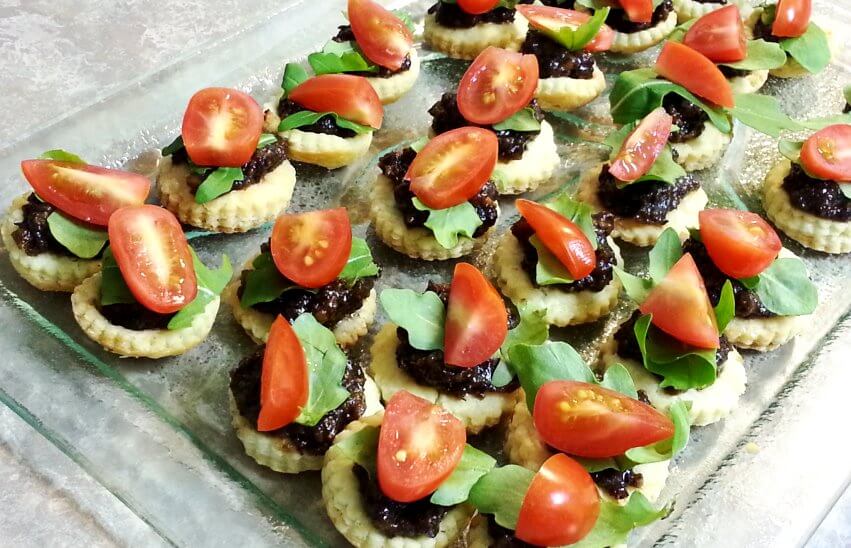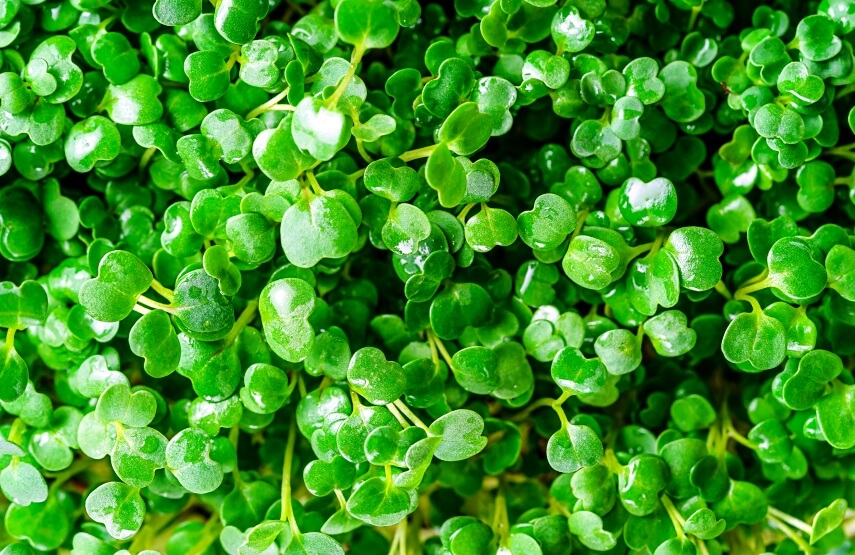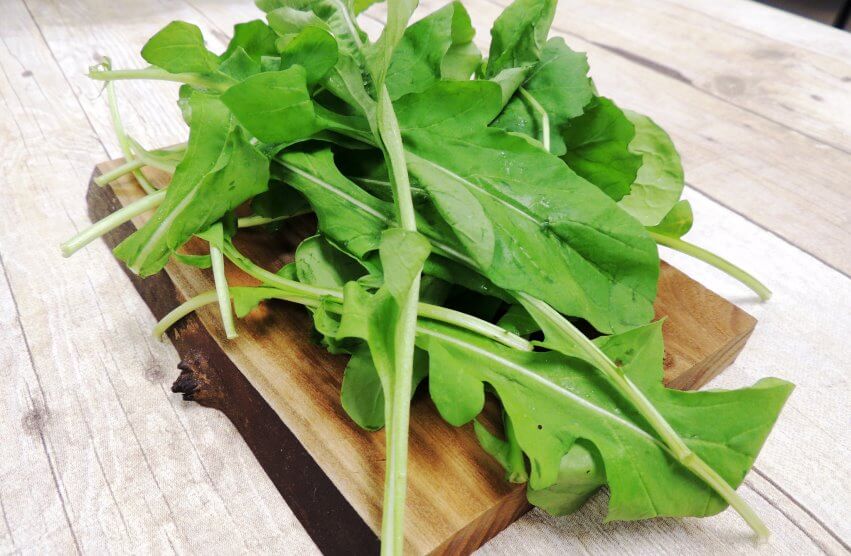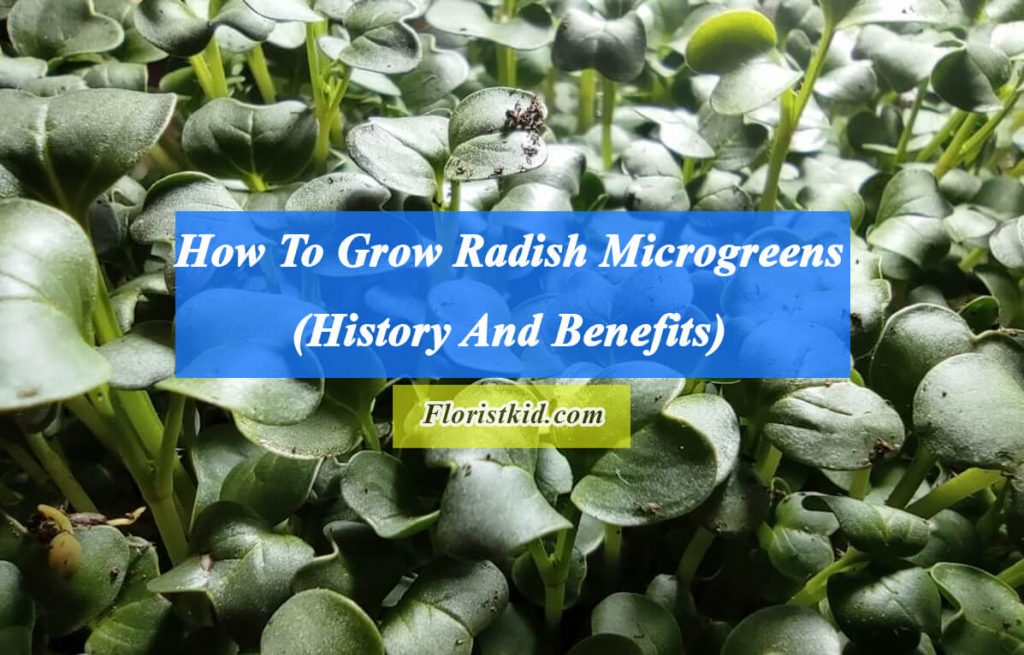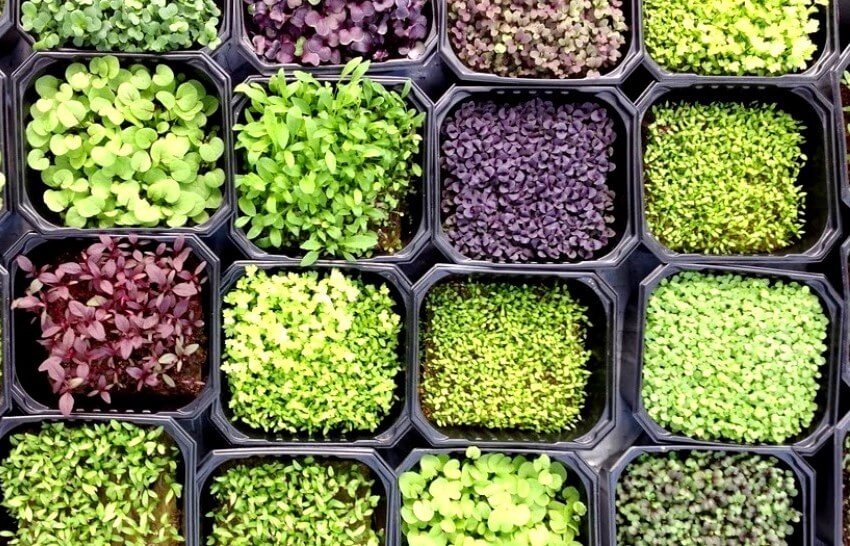Arugula microgreens are one of the most popular microgreens. Arugula, sometimes known as rocket or roquette, has long been a favorite among Italian gardeners and gained popularity in the United States in the 1990s. It appears to germinate in the garden the instant you turn your back on it after planting it. Growing it as a microgreen is the same way. Its spicy flavor and lovely heart-shaped leaf make it an excellent addition to larger salad combinations. Fast germination and growth make it easy for almost anyone to grow arugula microgreens.
If Like to know more about microgreens, check these articles:
<<What Are Microgreens >> and <<Microgreen’s benefits>>
Arugula History
Like many other spicy, aromatic vegetables, Arugula was once supposed to have aphrodisiac properties. Early records date back to the first century. In addition to its peppery leaves, Arugula seeds were used to impart their particular flavor to oils. It has been renowned for its powerful flavor and therapeutic virtues in England, where it is known as “rocket” or “roquette.” Arugula has numerous health claims, ranging from treating freckles to acting as a natural deodorant. Arugula has long been a favorite of Italian gardeners, and it gained appeal in the United States in the 1990s.
Arugula microgreens overview
| Family | Brassicaceae |
| Recommended Varieties | Standard Arugula, Astro |
| Nutrition | Vitamins A, B, C, and E, Calcium, Iron, Magnesium, Protein, Phosphorus, Potassium, Niacin and essential amino acids |
| Average days to germinate | 2 to 3 days |
| Average days to harvest (after germination) | 5 to 7 days |
| Difficulty | Easy |
Nutrition and health benefits of arugula microgreen
Vitamins A, B, C, and E and calcium, iron, magnesium, niacin, phosphorus, potassium, protein, and vital amino acids are abundant in arugula microgreens.
Arugula is a lesser-known cruciferous vegetable that offers several same advantages as Brussels sprouts, kale, turnip microgreen, and broccoli microgreen. Arugula and other cruciferous vegetables have been related to the following health benefits : [ source: medicalnewstoday ]
cancer risk reduction
While a healthy, vegetable-rich diet lowers cancer risk in general, studies have revealed that certain types of vegetables have more anti-cancer properties.
Glucosinolates, sulfur-containing compounds, are found in cruciferous vegetables. The bitter taste of the plants and their cancer-fighting abilities may be due to the presence of Glucosinolates. The body breaks down glucosinolates into various valuable chemicals, including sulforaphane.
Sulforaphane has been discovered to block the enzyme histone deacetylase (HDAC), which is vital in cancer cell development. Because of its ability to inhibit HDAC enzymes, foods like arugula microgreens containing sulforaphane could become an important aspect of cancer treatment.
According to some research, eating a diet rich in cruciferous vegetables can lower the risk of breast cancer, colorectal cancer, lung cancer, prostate cancer, and other cancers. However, the research is limited, and additional high-quality information is needed before scientists can confirm these benefits.
Osteoporosis prevention
Arugula microgreen is high in calcium and vitamin K, both of which are necessary for bone health. Vitamin K is important in bone metabolism. Vitamin K deficiency can increase the risk of bone fracture. One of the key dietary sources of vitamin K is leafy green vegetables.
Vitamin K supports bone health by playing an important part in bone mineralization and aiding in the absorption and excretion of calcium, another important nutrient for bone health. Arugula also provides 32 milligrams (mg) of calcium per cup, which helps meet a person’s daily calcium requirements.
Diabetes
Several review studies have revealed that consuming veggies and microgreens lowers the risk of type 2 diabetes. Leafy green veggies are especially advantageous, according to a 2016 review study.
Arugula microgreens and other cruciferous microgreens are high in fiber, which aids in blood glucose regulation and may improve insulin resistance. High-fiber foods keep individuals satiated for longer, which can help them avoid overeating.
Heart health
Consumption of cruciferous microgreens offers heart-protective properties. Diets high in cruciferous vegetables, salads, and green leafy vegetables have been linked to a lower risk of cardiovascular disease, according to a 2017 meta-analysis.
Furthermore, a 2018 study published in the Journal of the American Heart Association revealed that eating a diet rich in cruciferous vegetables can help older women avoid atherosclerosis. Atherosclerosis is a disorder in which plaque builds up in the arteries, raising the risk of cardiovascular disease.
The high concentration of beneficial plant components such as polyphenols and organosulfur compounds in these Arugula microgreens may explain their heart-protective properties.
How to grow Arugula microgreens
Usually a micro crop, Arugula can be harvested in 7 to 10 days. This plant needs two weeks to achieve the petite size and three to four weeks to reach baby leaf size. Although arugula stems are thin (and can fall over if overwatered), the crop itself produces a large amount per sowing tray—up to 6 ounces at the petite size.
The procedure of growing Arugula microgreens is almost similar to other microgreens. Read the article <<Growing Microgreens >> to learn more about the general method for growing microgreens.
Arugula microgreens Growing Tips
Growing tips
- Growing arugula microgreens is quick and straightforward. It is not temperature sensitive and may germinate at temperatures as low as 40 degrees F.
- Feed the crop every two weeks with organic liquid fertilizer if you want to reach the baby leaf stage indoors. Otherwise, the plant’s bottom leaves would turn yellow due to a lack of nitrogen.
- If the pH is higher than 7, true leaves can be challenging to come by.
Harvesting Tips
- Harvesting arugula microgreens is usually quick and simple.
- Lack of enough airflow may subject the crop to rot. If rotting occurs, harvesting should be avoided.
- The tiny, lobed leaves of Arugula are medium green in color and have a nut-flavored, peppery flavor. The hotter the taste, the younger the leaves. The flavor becomes even stronger in the summer.
Washing Tips
- Arugula’s small, lobed leaves are medium green in color and nut-flavored, and peppery to the tongue. The younger the leaves, the spicier the taste. During warm weather, the flavor becomes even stronger.
- Arugula microgreens can be tedious to wash, especially if covered with soil.
- Arugula has a mucilaginous seed, which makes it cling to the bottom of its cotyledons. As a result, the two-stage washing method is recommended.
Possible Challenges
- The slender stem of Arugula makes it more likely to fall and mat when watered. Lightly water them and gently brush them back up if they fall.
Conclusion
In summary, Arugula has long been a favorite of Italian gardeners, and it gained appeal in the United States in the 1990s. Growing arugula microgreens is an amazing choice if you are new to growing microgreens. It is a popular plant with chefs and home cooks with a spicy, nutty flavor that spices up most recipes. It grows fast, with an average harvest time of roughly ten days. Arugula microgreens are rich in Vitamins A, B, C, and E and calcium, iron, magnesium, niacin, phosphorus, potassium, protein, and vital amino acids. Consuming these microgreens can reduce the risk of getting cancer, decrease the risk of type 2 diabetes, prevent Osteoporosis and keep your heart healthy.



